
Do you want to know how to plan the Annapurna Circuit trek? Are you worried about the weather, food and accommodation when trekking in Nepal? Trying to figure out how many days you need and where should you start hiking from? Want to know about permits and costs? Read my Annapurna Circuit guide to learn how to plan a trek. I’ve been trekking alone in Nepal and I loved it, I’m sure you will also do!
IMPORTANT UPDATE: On 9 March 2023, the Nepal Tourism Board (NTB) announced that foreigners, whether solo or in a group, will no longer be allowed to trek in Nepal without a guide. From April 1, all hikers must be accompanied by a licensed guide. Read about the new rule here: BAN ON TREKKING IN NEPAL WITHOUT THE GUIDE – HAS THE RULE COME INTO FORCE? – UPDATE FROM THE TRAILS
What's in this blog post?
1. How to plan the Annapurna Circuit trek: weather
1.1. The best time to go
Mid-September to the end of November is the best time for trekking. The weather is more stable, the sky is usually cloudless, the temperature is mild and the rainfall is low. It’s not really a secret, therefore it’s also the busiest time. Most trekkers come to the Annapurna region in autumn.
The second best period for the Annapurna Circuit trek is spring – from mid-March to mid-May. The weather is very good most of the time. The beginning of March is slightly cooler though, snowfall and cloudy sky are not uncommon. Nepal’s monsoon season starts in May, so expect more rain and warmer temperatures. Lower parts of the trek can get really hot and humid, which is not very enjoyable when you hike with a heavy backpack.
1.2. Trekking in the off-season
On the bright side, the Annapurna Circuit trek is doable all year round. You just need to be prepared for all kinds of situations, which can affect your plans especially in the off-season.
From mid-May to early September it might be quite rainy and hot. Because of the heavy rain, paths could be slippery and the risk of landslides is definitely higher. Leeches take over the forest trails.
From December to early March, it is often impossible to cross the Thorong La Pass due to the snow and avalanche risk. What’s more, it is cold even in warm months at high altitudes, which means it’s freezing in winter time.
To learn more about how to reduce the risk of avalanche during your trek go to DANGERS WHILE TREKKING IN NEPAL AND HOW TO AVOID THEM.
Undoubtedly, the best season for the Annapurna Circuit trek is autumn and spring. However, if it does not fit to your schedule, going in the summer or winter is better than not going at all… You just need to bear in mind all kinds of difficulties and accept the risk of not being able to complete the trek, if the weather does not allow it.
1.3. Weather conditions during my trek
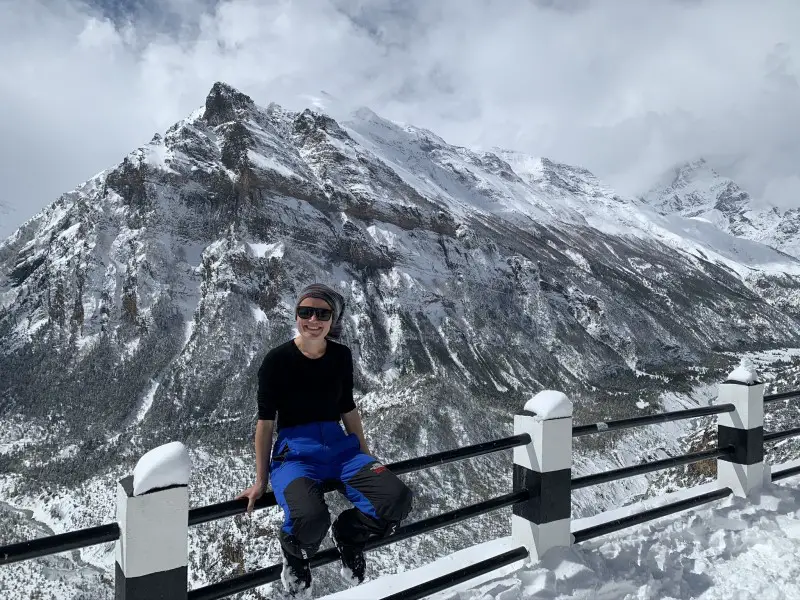
My trek took place from 10 to 26 March. There was a lot of sun and snow at the same time. I could enjoy clear mountain views every day as the visibility was splendid. Only the first day of the trek was pretty hot and walking to Ngadi wasn’t pleasant. With the altitude gain, the temperature dropped and the weather conditions were perfect for hiking.
When I woke up on day 6 in Upper Pisang (3,300 m), it felt like Christmas. It snowed heavily at night. Large amount of snow made my further ascents to Ice Lake (4,600 m) on the acclimatisation day and to Thorong La Pass (5,416m) quite exhausting. Walking through the fresh snow at high altitude is always very tiring.
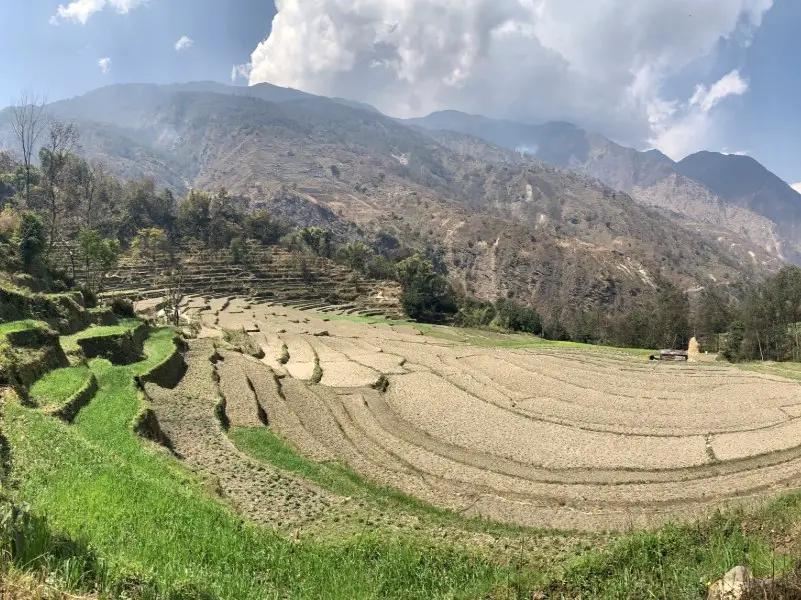

Sometimes, if the snowfall is heavy, the pass and some trails are closed. The Tilicho Lake trek, which is a popular acclimatisation hike, was closed when I arrived at Manang. However the snowy scenery was magical. Autumn is considered a slightly better season than spring as there is less snow and it’s a bit warmer. However, keep in mind that at high altitudes – starting from 3,500 m and above – at night it’s always cold, no matter which time of the year you go.
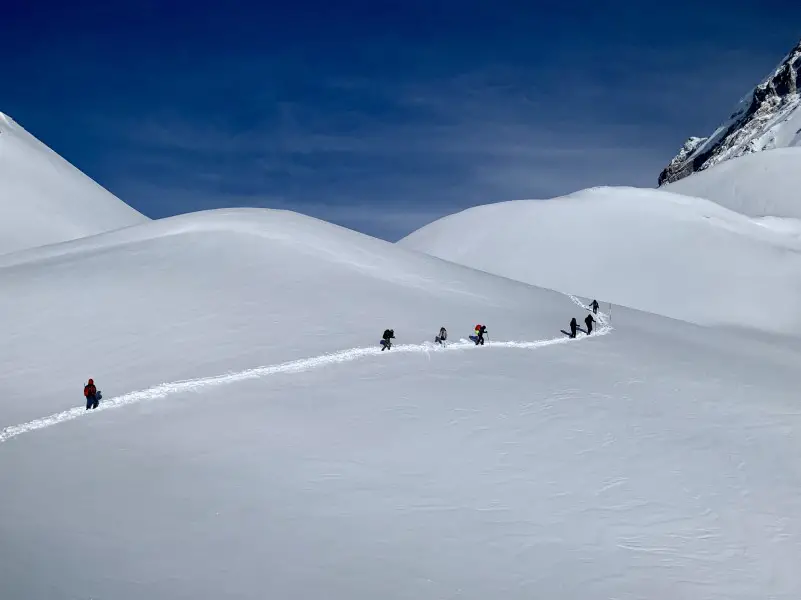
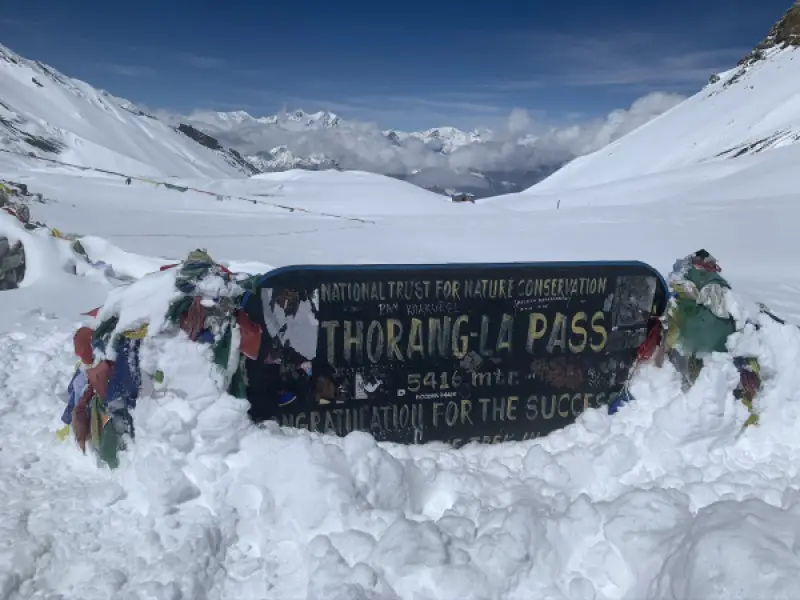
2. How many days do you need for the Annapurna Circuit trek?
With the development of road infrastructure, the average length of the Annapurna Circuit trek has shortened over the years. If we look back to the past, the original 1970s route started in Dumre and ended in Pokhara. It took over 3 weeks to cover the legendary route, over 300 km long.
Until the late 2000s, when the Nepalese government began building a road to provide access to remote mountain villages, the length of the route around Annapurna, from Besisahar to Nayapul, was approximately 260 km. It took 20 days to complete it.
Currently, the road, which was completed a few years ago, has reduced the minimum number of days required. You don’t need to cover the entire route on foot anymore. The road goes all the way up to Manang. On the other side of the Thorong La Pass, you can take a jeep or a bus to return to Pokhara, already in Muktinath. Besides, it takes only 30 minutes from Jomsom to reach Pokhara by plane.

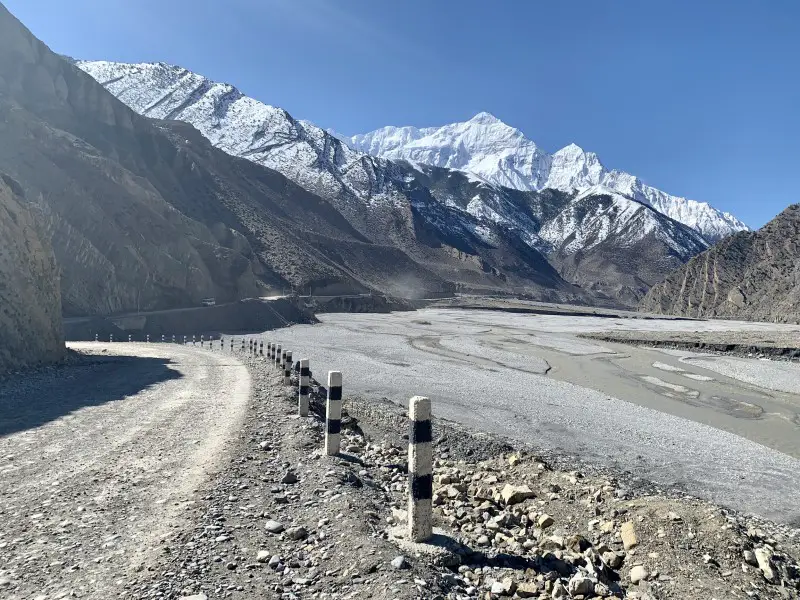
Besides, it takes only 30 minutes from Jomsom to reach Pokhara by plane.

The Annapurna Circuit trek, because of its very diverse scenery, is often considered as the most beautiful trek in the world. But if you don’t have enough time and cover most of the route by jeep or plane, you will not be able to discover all its beauty…
If you only have around 10 days, you might want to choose a different and shorter route. Annapurna Base Camp trek or Mardi Himal trek might be better options. Read more about these treks here:
ANNAPURNA BASE CAMP TREK ITINERARY WITHOUT A GUIDE
The Annapurna Circuit trek is worth doing, only if you have at least 12-16 days. This covers the journey from Kathmandu to the trek’s starting point, actual walking time, acclimatization days and return to the capital of Nepal.
3. How to plan the Annapurna Circuit trek: getting to the starting point
In order to get from Kathmandu to the official starting point of the Annapurna Circuit trek – Besisahar – you can take a local minibus or bus. Renting a private car with a driver is another option – more comfortable and more expensive. No tourist buses with higher standards go from Kathmandu to Besisahar. They only run from Pokhara.

3.1. Getting to Besisahar: my experience
I travelled by minibus, which was a faster option than a bus. The ride took 6 unforgettable hours. The driver overtook everyone on the road and I was squashed like sardines. There were more passengers than designated seats. In Nepal driving speed is not necessarily related to the vehicle’s quality. It rather depends on the driver’s “craziness”. Like in most countries in Asia, travelling by public transport gives you a lot of thrill. In mountainous Nepal is even more exciting! 🙂

Minibuses depart daily from the Gongabu Bus Park, located on the outskirts of Kathmandu. It takes no more than 15 minutes from Thamel to get there by taxi with no traffic in the morning. It’s less than 4 km. Arriving at the bus station early in the morning is a good idea, as it allows you to get to Besisahar earlier and leave from there on the same day. It’s not the nicest place to stay overnight. Spending your first night in the mountain village will be more pleasant. My minibus departed slightly after 7 am.
Ticket prices are low. All you need is a lot of patience. You can buy your ticket either at the bus station or from the driver. Buying tickets for a local bus at a hotel or a travel agency usually comes with a slightly higher price. I paid at the station. The minibus ticket to Besisahar cost 700 NPR (~7 USD). At the bus station, in case of any doubts, just ask for help. The Nepalis are very helpful and most of them understand English.

3.2. Going to Besisahar directly from Kathmandu or via Pokhara?
Many trekkers go from Kathmandu to Pokhara first, and from there travel to Besisahar. Unless you take a 30-minute flight, getting to Pokhara requires about 10 hours by bus and another 5 hours from Pokhara to Besisahar. I personally don’t think it’s a good solution, especially if you are not a long term traveller and have limited time. It’s wiser to spend time in Pokhara after your Annapurna Circuit trek. You don’t know how many days the trek will take. You might need more than initially planned. All your trekking permits can be arranged in Kathmandu. There is really no need to go to Pokhara before.
However, if you are still planning to go to Pokhara, or debating how to return from Pokhara to Kathmandu I recently wrote this blog in which I compare all different ways: HOW TO GET FROM KATHMANDU TO POKHARA – 4 WAYS TO TRAVEL
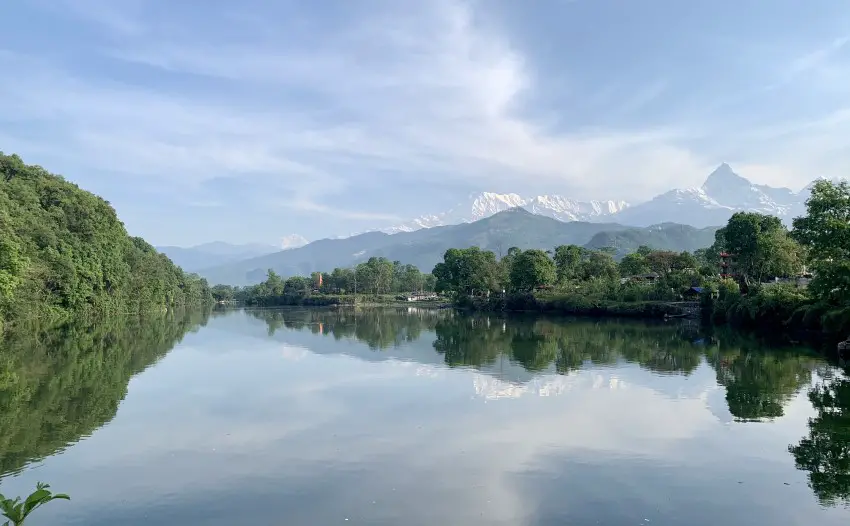
4. How to plan the Annapurna Circuit trek: permits
Two documents and 4 passport photos are required for the Annapurna Circuit trek:
- the Annapurna Conservation Area Project permit (ACAP), which costs 3,000 NPR (~25 USD);
- the TIMS card (Trekkers Information Management System). If you trek without a guide, it costs 2,000 NPR (~ USD 17). And if you are accompanied by the Nepali guide, it’s cheaper and costs 1,000 NPR (~8.5 USD).
UPDATE: As a result of the recent ban on independent trekking in Nepal from April 2023, a TIMS card can only be obtained if you are trekking with a guide. Independent trekkers are no longer able to get it. Nevertheless, according to various trekking reports – it is still possible to do Annapurna Circuit both without a TIMS card and without a guide. More details here: BAN ON TREKKING IN NEPAL WITHOUT THE GUIDE – HAS THE RULE COME INTO FORCE? – UPDATE FROM THE TRAILS
Permits should be obtained at the Nepal Tourism Board in Kathmandu within walking distance from Thamel. You can also grab a taxi or take a Pathao motorbike to get there. Pathao is a great application to download if you are in Kathmandu. It’s like Uber but with motorbikes. The prices are cheap. You just need to be ready to hop on the motorbike without a helmet. PATHAO OFFICIAL WEBSITE
The Nepal Tourism Board office in Kathmandu is officially open from 10 am to 5 pm. But it’s better not to leave obtaining the permits until the last minute. At my recent visit a note was placed on the door stating that permits are issued only between 9 am to 3 pm. It was also mentioned that there is a lunch break between 1 pm and 2 pm. In short, be safe and arrive at the office before noon.
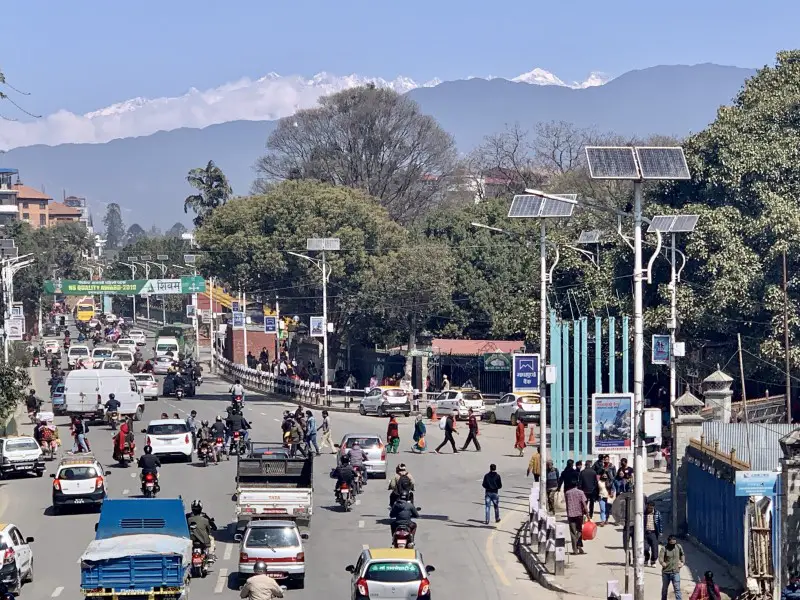
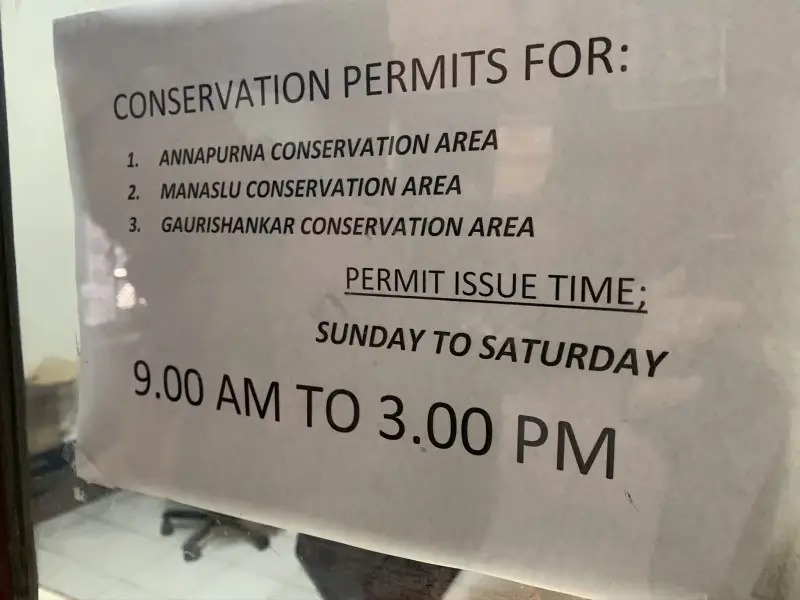
If you decide to go to Pokhara before the trek, you can also obtain both neccessary permits from the Nepal Tourism Board in Pokhara (in the Damside situated not far from Lakeside).
5. How to plan the Annapurna Circuit trek: accommodation
I can only say good things about the accommodation. There are plenty of lodges on the entire route. The standard is usually high, of course as for the high mountains, and the prices are low. The same applies to food. All your basic needs will be fulfilled easily. From this standpoint, the Annapurna Circuit trek is really easier than you probably expect.
It’s an extremely popular trek and lodges are available in every village, which makes planning your itinerary easy. Actually, you don’t need to plan too much. There are so many accommodation options available, that you will always find a place to stay overnight. It’s reassuring to know that in case the weather worsens or you simply run out of strength, you can easily find shelter most of the time.
5.1. Accommodation standards
The accommodation standards are high. Most of the rooms have attached bathrooms, in lower parts of the trek you might even have your own hot shower. You only need to get used to the squat toilets, which are common in this part of the world. A typical double room on the Annapurna Circuit trek offers everything any weary trekker needs: two beds, a table and warm blankets. There is usually an electric socket to charge the phone in your room. It’s great as on the Everest Base Camp trek you have to pay for it extra.
5.2. Accommodation prices
The room price is usually not fixed and depends mostly on the season and the altitude. You can always try bargaining as it’s common in Nepal. However, I personally think that the room prices are very reasonable. 2-3 USD do not mean much to most of the trekkers but they do a lot to Nepalis, whose life in the mountains is much harder than ours. Double room prices range from zero (it is common to have a free room provided you buy meals at the lodge) to 500 NPR (~ 5 USD).
On my trek I only paid more (1000 NPR ~ 9 USD) once – in Jomsom where I could definitely find a cheaper place though. Unfortunately, if you are trekking solo, you’ll usually pay the same price for the room as two people do.
6. How to plan the Annapurna Circuit trek: food

Great variety, low prices & a one million dollar view. Welcome to the Annapurna Circuit food paradise!
You are always hungry in the mountains and there is nothing wrong about it. Actually, it’s a good sign, which means you are healthy. Intense physical activity requires a higher calories intake. It’s great that everything tastes better after walking for a few hours with a heavy backpack, so do not worry about the food in the Himalayas too much.
6.1. Food standards
Every guest house offers home made meals. The variety of food options is great. You can usually order the traditional and very nutritious dal bhat, eaten by Nepalis twice a day, made of rice, lentil soup and vegetables, Nepalese momo dumplings, pasta, burgers, pizzas and potato dishes as well. I just don’t recommend ordering meat dishes, especially at high altitudes. Meat transport and storage conditions do not guarantee freshness. On top of that, small shops selling snacks are located in every village.
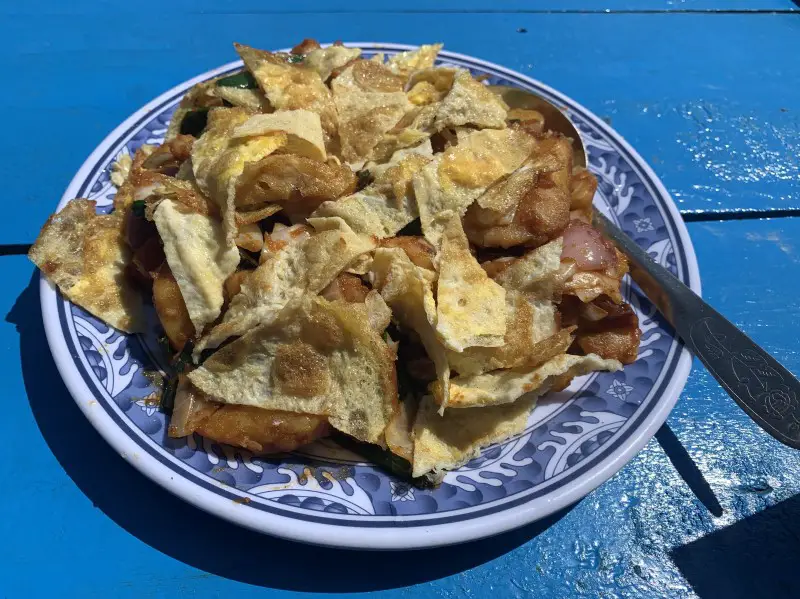

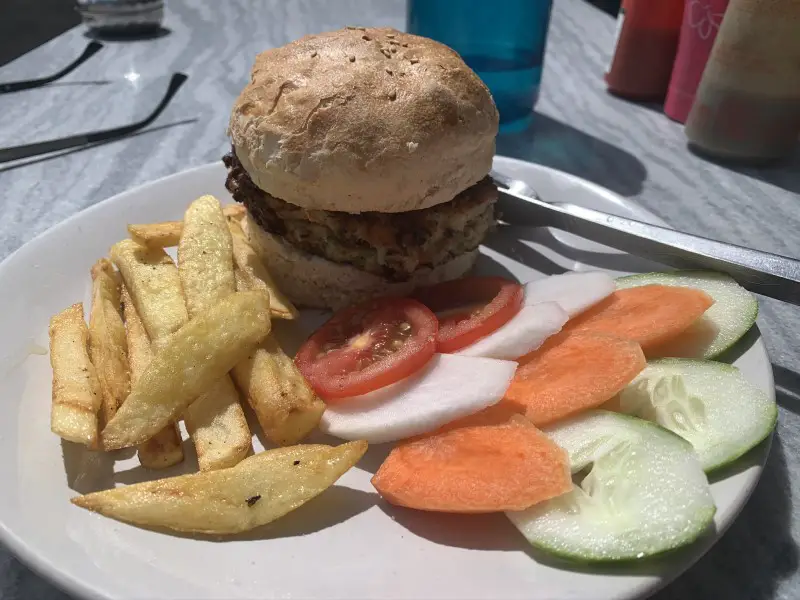
6.2. Food prices
Serving food is the main source of locals’ income as room prices are very low in comparison to food. Food expenses will be the main cost of your Annapurna Circuit trek. The cost of food increases proportionally with the altitude.
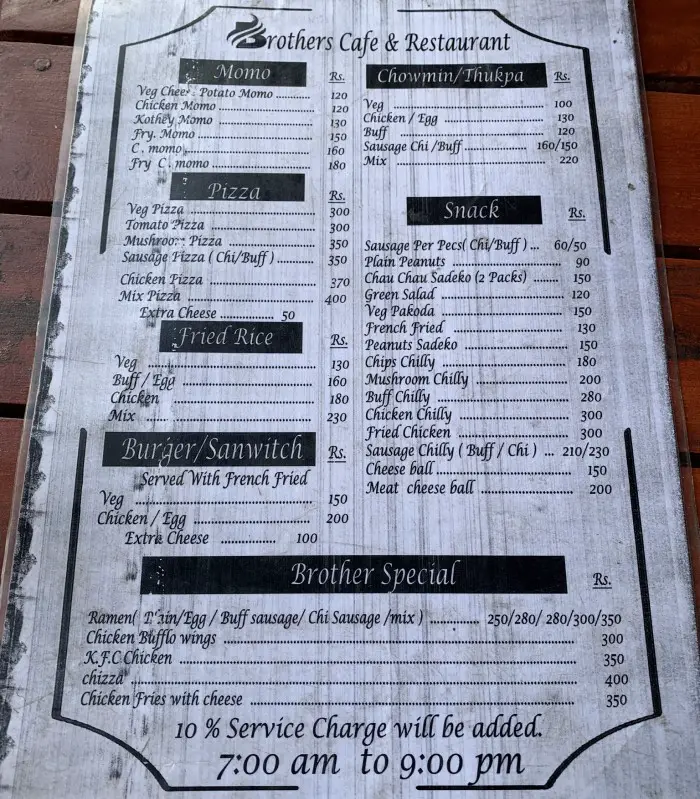
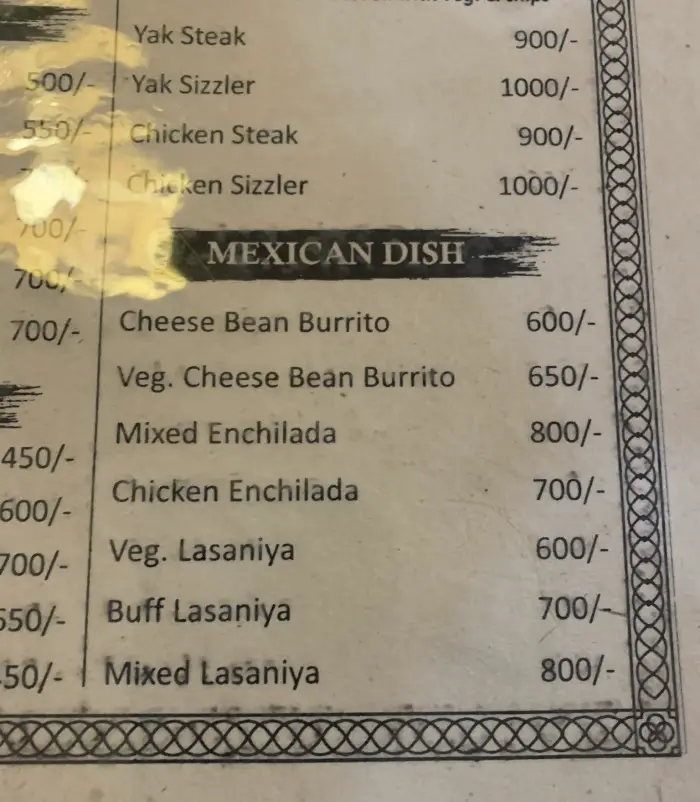
A dinner in the lower parts of the trek costs 450-500 NPR (~ 5 USD), whereas in higher parts it is around 750 NPR (~7 USD). Breakfast sets prices consist of eggs, toast, and coffee and oscillate around 400-700 NPR depending on the altitude (~4-6 USD).
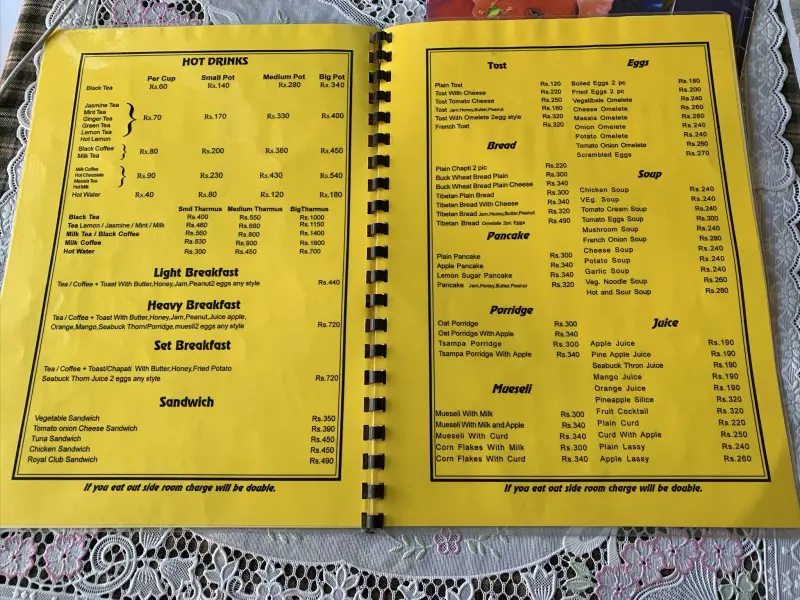
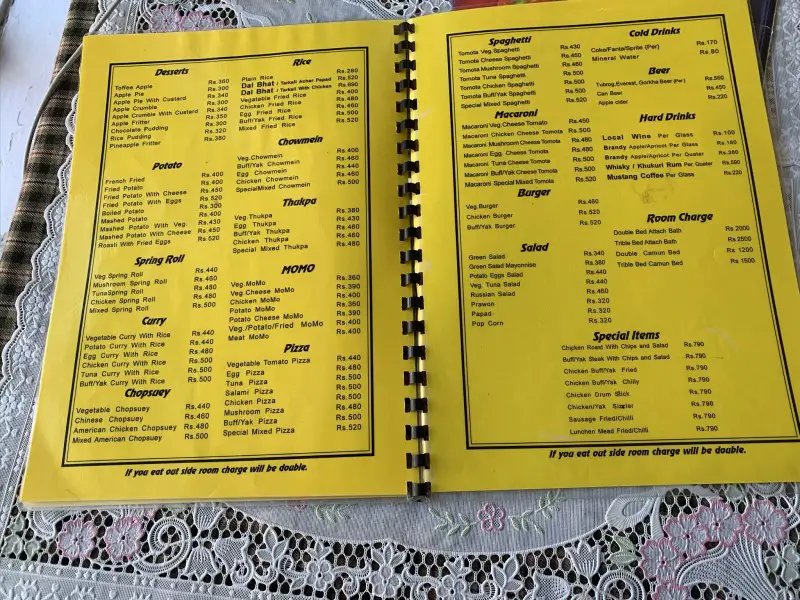
To sum up, each day of trekking (food & accommodation) will cost you around 2,000 NPR (~17 USD). Just remember to bring enough cash. There are no ATMs in the mountains and cards are not accepted.
To learn more about what to drink and why you should avoid buying bottled water on the Annapurna Circuit trek read my blog post DRINKING WATER IN NEPAL WHEN TREKKING. THE PROBLEM OF PLASTIC IN THE HIMALAYAS.
7. How to plan the Annapurna Circuit trek: internet access
Internet is available at almost every lodge on the Annapurna Circuit trek. You will find WIFI even at the High Camp, located at almost 5,000 m. Although the connection is usually slow, sending a Whatsapp message or a photo (with a bit of patience), checking the weather or social media should be almost always possible.Well, I was a bit less lucky.
7.1. Internet issues on my Annapurna Circuit trek
On my Annapurna Circuit trek there was no electricity, and therefore no internet on both sides of the Thorong La Pass for a week. One of the electric utility poles collapsed under heavy snow. As reported by locals, it did not happen for the first time, which means you should be prepared for being disconnected from the outside world. But isn’t something you come to the Himalayas in the first place for? Just remember to warn your family and friends so they are not worried if you don’t reply. If you trek in autumn the risk of snow is lower hence the internet connection should be more reliable.
7.2. Getting a local sim card
I decided to buy a sim card with a local phone number from the most popular network provider in Nepal – Ncell. It was my last minute decision, as I only got it upon my arrival in Besisahar, which turned out to be a very good decision. Due to the pandemic and travelling restrictions, I stayed in Nepal not for the initially planned 1 month but 8 months…
You should know that the coverage network in the mountains is not very good. During the first 6 days of my trek – up to Upper Pisang at 3,300 m – I could still occasionally connect to the Internet on my phone. However, on the other side of the Thorong La Pass, the Internet started working again only after I went down to 2,000 m. The price of the sim card with a small internet package was 1000 NPR (less than 10 USD).
8. How to pack for the trek in Nepal?
Packing is incredibly important and should be planned carefully in order to really enjoy the trek. That’s why I came up with a separate blog post. To learn the important packing tips and the essential packing list for the Annapurna Circuit trek read my blog post WHAT TO PACK FOR A TREK IN NEPAL?
9. MORE ABOUT THE ANNAPURNA CIRCUIT TREK
To read about the Annapurna Circuit trek itinerary go to ANNAPURNA CIRCUIT TREK – DAY BY DAY ITINERARY, which covers:
- the detailed route description,
- daily distances to cover,
- tips on ow to avoid the road to enjoy the trek.
And if you are still unsure, if Annapurna trek is for you go to HOW IS THE ANNAPURNA CIRCUIT EXPERIENCE? to find out:
- how difficult is the Annapurna Circuit trek,
- should you hire a local guide or can you go without,
- what are the Annapurna Circuit trek pros & cons.
This probably is all I wanted to share about – for now :). I hope that you found my Annapurna Circuit guide how to plan the trek useful. Lastly, enjoy this legendary journey!
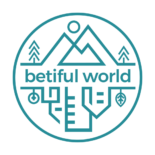
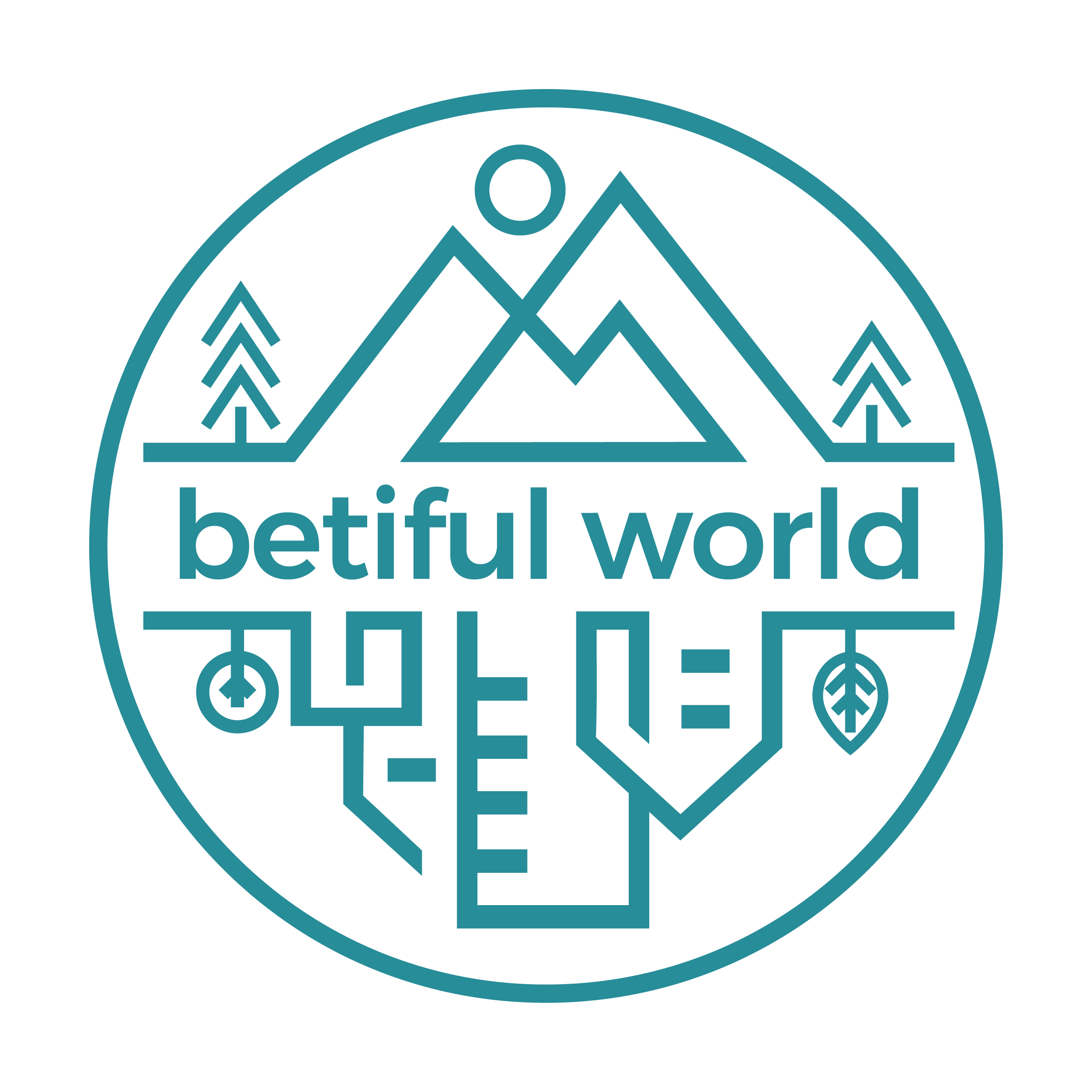


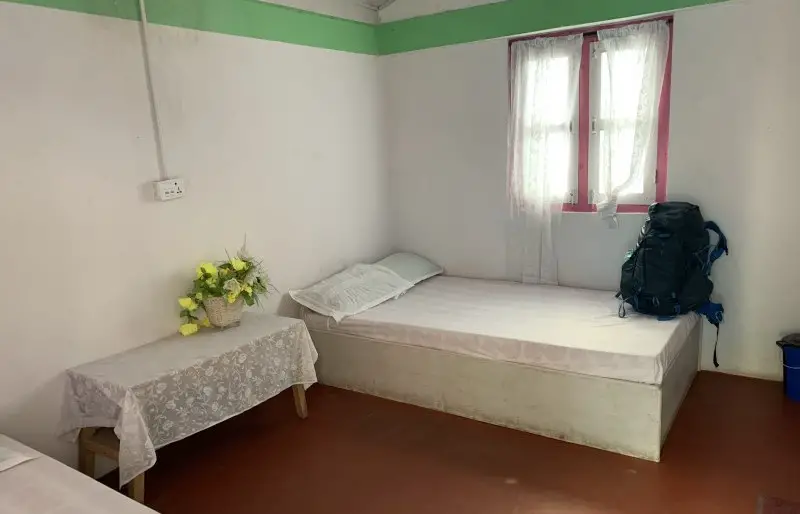
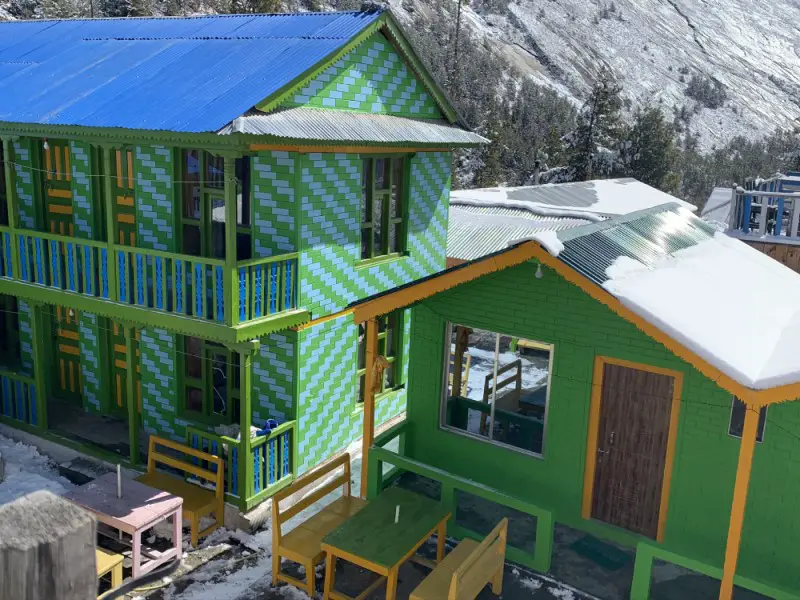




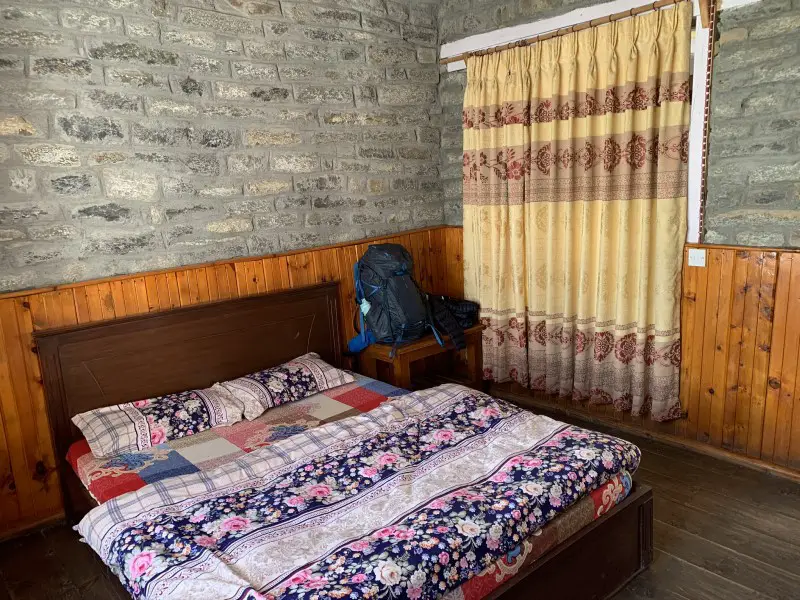
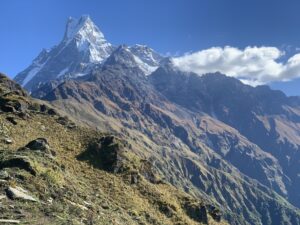
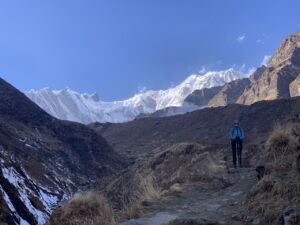

Hi
Brilliant narrative on the Annapurna Circuit Trek and well done. Thanks. Can you please email me this guide. Kind Regards
Do you have to be super-fit to do this treck?
Hi, thank you for comment. Being super-fit is very relative and means different things to different people. Having said that, I don’t think you need to be super-fit. However you must be able to walk ~6 hours with a heavy backpack (if you don’t have a porter) in a thinner air. High altitude makes it definitely harder. You should train before the trek, eg. run or walk up the stairs. My next article about Annapurna Circuit trek will touch on this topic so stay tuned! 🙂
That’s really a great experience and details you shared about. I really enjoyed reading your journey. However, I was about to click on the listing materials to pack before trekking, and seems that post is yet to come!! Eagerly waiting for it to publish before my trip starts, which is soon in the early week of next month!! Best wishes to you and your family.
Hi Mohammad! Thank you for your comment and thank you for reading my blog. I’m so glad you have enjoyed it 🙂 I’m still working on the article about the packing list for Nepal – I’m editing probably 10 blog new posts at the moment and got stuck in a little traffic jam:-) But hopefully it will get published soon. I think it should quite useful, or at least I hope. Cheers!
Very Useful article. Packed with relevant information . Did you do the trip yourself or did you do it with a tour group? Is it possible to do it alone? Thanks
Hi Jay, thank you so much! I’m glad you liked it. I did both treks: Annapurna Circuit and Everest Base Camp without a guide, solo. Actually, it’s quite easy if you prepare a little bit before. I have written more about that here: https://betifulworld.com/how-is-the-annapurna-circuit-experience
I enjoyed your whole narrative over your trek on the Annapurna trail…
I did this trek 40yrs ago with my wife & 2 kids 3 & 5. No Sherpas or guides.
It’s amazing what’s changed…far more lodges,instead of simple constructed but welcome tea-houses,also with good food.
Many then without a long menu.
We did our travelling with our own expedition Wagon..Hanomag L28.
Drove most of the today considered dangerous roads. Then parked up leaving for either days or even weeks our Hanni in local villages honest hands.There now seem from your description new roads & even more tourist & for locals,busses/pickups than ever before. The trek itself as you mentioned one of the most longest but diverse trips & change of landscapes..
Mixed then some difficult strenuous stages,but not really “Heavy” for the experienced traveller…& Trek Hardenned kids…We used to show & see how the local children,got through their normal day to our children..Seen both children & grandma’s.carrying heavy logs,woods,provisions,in footwear(often bare feet) that put foreign,trekkers,backpackers,mountaineers to shame….and even over the years it was only the Sherpas who were given/donated the “tourist-mountaineer” some of their equipment ,clothes & shoes.
loved your explanations of the varying stages of your travels. Trekking With My family was probably the Golden period of travel in Pakistan,India & Nepal…no tourists costs,simple tea houses with rooms & mostly rope but very comfortable beds.
Most helpful loving,caring people in the world. We obviously came across Sherpa groups, who sometimes(the Sherpas) spent /preferred evenings with us,because of our 2 young children.We learnt of their experiences with now the new influx of foreign adventure travellers,who often needed more ” mothering”…some great days out,others only whining every day,but many also enjoying their moments & gratefull to the Sherpas. The Sherpas did ask us why we took no guides..
We said we wanted to do it alone,plus I am a trained map & terrain reader,though to be honest..even when you take those less frequent paths,or want to be “adventurous” & use another trail….there were enough local signs & yes tea-lodges/small family farmers..On the major & trails plus the less known…you just can’t get lost,even beyond tree-lines, hard snow-line trails,less foot-trod paths..whether “in” or out of the so called seasons, a local going about their business you will come across sometimes,maybe not everyday,but often in the most remote trail,somebody will come whistling,singing,playing,or just a walking to do his/her chores..
Thankfully has it seems through your explicit, & adventurous experiences..
The people are still welcoming,hospitable,caring ,courteous group , one would care to meet….
Compare that everytime you return to your our ” civilised & educated” technically advanced world/country…
Over 50yrs of travelling,though mainly with
the wild landscapes, Anthropology, Archeology, pure nature,and its challenges as daily targets & routines..
It’s our “home’ that is more ignorant,abusive towards each other & one can’t go through the day without coming across direct/indirect rage or “ism’ attitude..
Oh yes those lorry,tourist bus,pickup drivers will curse each other or the shatans of Ill will,but they will in the most precarious,dangerous areas+ situations , stop & help each & everyone of those previously cursed as others souls.
Please keep trekking,collecting memories so long as you can…I am now wheelchair bound,the remote Hardenned experience gathering & treks are behind me.
I hope you can go into dottering age still a blogging….😀😉🙏🙏
.
Oh Nigel, thank you for sharing your experience. It might be 40 years of difference between our treks, but I can relate to your words so much <3 So much has changed and so little at the same time. There might be more roads and more extensive menus, but grandmas still carry heavy logs and provisions in flip flops while "brave" mountaineers coming from all over the world to conquer the Himalayas have even more professional gear and indispensable clothing.
I love trekking in Nepal so much. It brings you to our human roots, around "most helpful loving, caring people in the world" as you rightly said from our "civilized & educated technically advanced world/country", where often what is most important - human relations & simply joy of life - is often forgotten. Thank you again.
Hi, apologies if l have missed this, but are there luggage forwarding facilities available on this circuit or does a trekker have to carry everything?
Hi Gary, if you don’t want to carry your backpack, you can hire a porter, who will trek with you and carry everything for you. That’s the most common practice in the Himalayas, a service provided by every trekking agency in Nepal. You can probably also arrange forwarding your stuff to a specific destination, just speak to a travel agency in Kathmandu/Pokhara. I haven’t heard of anyone doing it for Annapurna Circuit but I believe it’s perfectly doable. In Nepal everything is possible and usually very easy to arrange.
Cześć Beti, dzięki za wyczerpującą ilość informacji! Super relacja!
Wybieram się z przyjaciółmi już za miesiąc, ale chcemy pokonać trasę na rowerach. Czy możesz powiedzieć i opisać co zabrałaś do plecaka?
Z góry dziękuję
Michał
Hej Michał! Ale czad – no rowerach! Dzięki za miłe słowa, strasznie mi miło 🙂 Daj znać, czy Ci jeszcze jakiejś informacji potrzeba. POWODZENIA!!!
Oto lista:
Rzeczy osobiste:
Paszport
Pieniądze
Ubezpieczenie podróżne
Ładowarka do telefonu
Powerbank
Plecak i śpiwór:
Plecak
Przeciwdeszczowy pokrowiec na plecak albo worek na śmieci 🙂
Śpiwór – powyżej 4000 m, powinniście mieć śpiwór o temperaturze 0°C. Tak, może być tak zimno! W nocy na wysokości około 5000 m woda w butelce zamarzła w moim pokoju.
Buty i odzież:
Buty trekkingowe
Klapki lub sandały
Kurtka puchowa
Poncho
Ochraniacze przeciwdeszczowe na buty tzw. stuptuty (z ang. gaiters)
Polar
Spodnie – Powinny chronić przed intensywnym deszczem, mokrym śniegiem, zimnym wiatrem i niskimi temperaturami.
T-shirt (1-2) – Koniecznie z syntetycznego materiału lub wełny merynosa.
Bluzka z długim rękawem
Komplet bielizny termicznej jako piżama/zestaw ubrań do spania/noszenia w tea house
Komplet bielizny termicznej (warstwa przy ciele) – 2 zestawy, jeden
2 pary skarpet trekkingowych
2 pary majtek i 1 stanik 😉
Wełniana czapka
Buff
Rękawiczki
Gadżety:
Kijki trekkingowe
Okulary słoneczne
Latarka czołówka
Mapa
Czytnik książek elektronicznych
Taśma klejąca (tzw. duct tape)
Igła i nitka
Higiena osobista:
Ręcznik
Papier toaletowy
Chusteczki nawilżające
Żel do dezynfekcji rąk
Krem do opalania z wysokim filtrem
Pomadka nawilżająca
Mydło+szampon w kostce,
Krem nawilżający, pasta i szczoteczka do zębów, dezodorant w kulce
Apteczka (absolutne minimum):
Środki przeciwbólowe
Środki na przeziębienie
Tabletki do ssania na gardło
Lek na biegunkę
Lek na chorobę wysokościową
Plastry
Jedzenie i picie:
Butelka na wodę
System puryfikacji wody (tabletki do uzdatniania wody, filtr do wody lub SteriPen)
Termos
Słodycze
Opcjonalnie:
Kapelusz/czapka – ochrona przed słońcem.
Raczki
Solarny powerbank
Antybiotyk
Witaminowe tabletki musujące
Hi, just adding that the room you show on your front page is in Chulu West hotel, Gunsang. Just an hour above manang,on the way to thorungla.
Say hello to Sunita who runs the lodge there!
Hi Val, BINGO! I really love Gunsang, it’s such a quiet lovely to stay. And the view from the toilet is simply the best! Next time I will pass, I hope soon, I will definitely say hello to Sunita 🙂